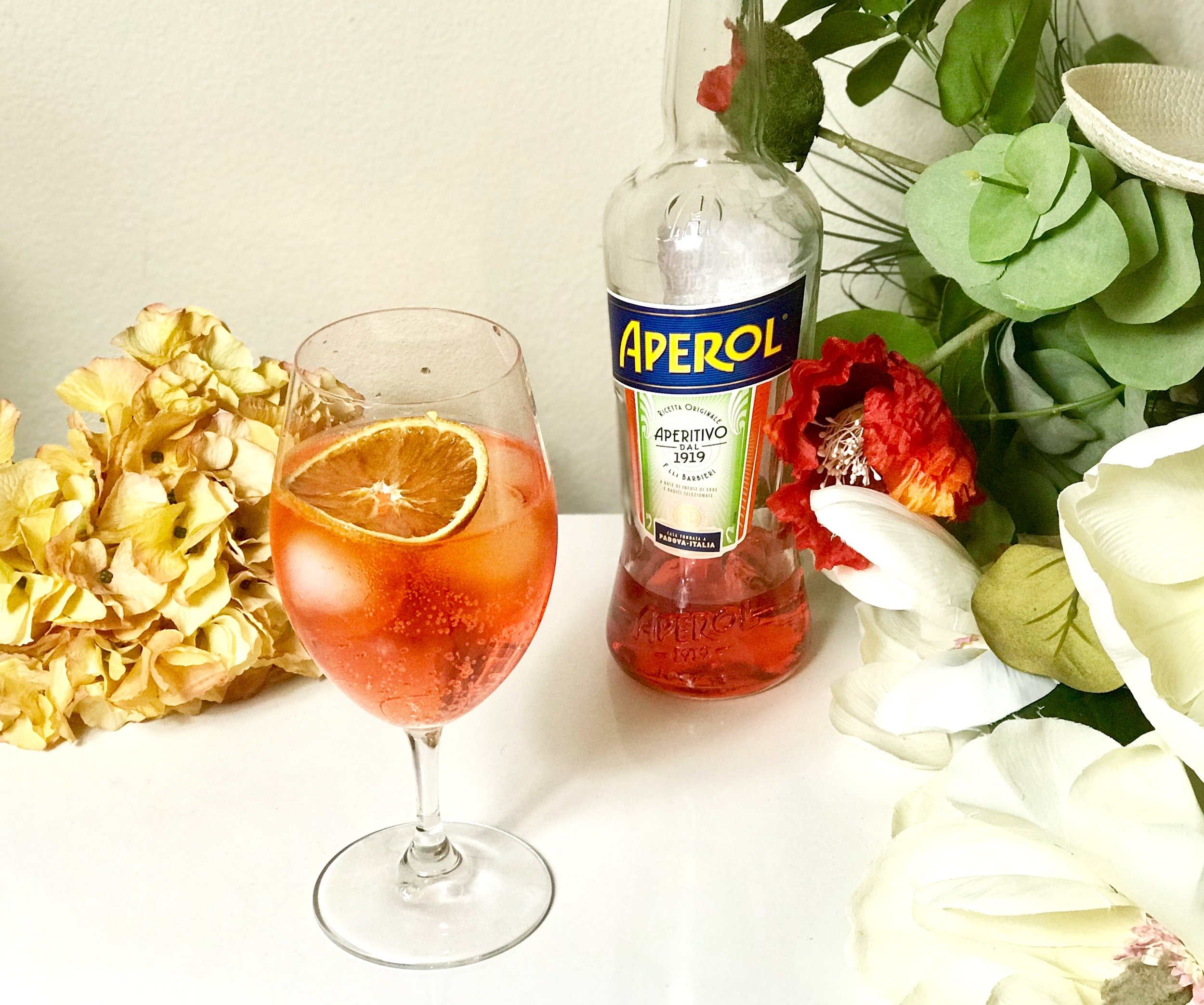The Aperol Spritz - is it a bad drink?
Amidst all the political scandals engulfing the US of A, an entirely different uproar broke out in the lead up to an otherwise uneventful Mother’s Day weekend in May 2019. The New York Times published an opinion piece titled “The Aperol Spritz is not a good drink” and boy, did it send the internet into meltdown. Basically, the author Rebekah Peppler called it a “sugary aperitif paired with low-quality prosecco, soda water and an outsize orange slice, resulting in something that drinks like a Capri Sun after soccer practice on a hot day.” Ouch.
Many came to the defence of the maligned cocktail, but there were also those who sided with the Times, including celebrity chef Nigella Lawson. Even Gwyneth Paltrow waded into the controversy, quipping “It’s like Robitussin with bubbles” in a comment on the NYT Cooking instagram account. Some also questioned if this was a cleverly disguised marketing campaign of sorts by Aperol USA in the lead up to summer spritz drinking weather, because whichever side of the coin you fall on, one thing was clear. It’s put Aperol squarely in everyone’s minds.
What is Aperol?
Aperol is self described on its website as a aperitif. The word aperitif is French (the Italian equivalent is aperitvo) which in itself is derived from the Latin word “aperire” , which means to open. Aperitif and aperitivo generally refer to a class of alcoholic beverages drunk before a meal. The word is also used to refer to the ritual of partaking in light drinks and snacks before dinner; the European version of Happy Hour if you like. Depending on who you speak to, Aperol could also be classed as an aperitivo bitters or a bitter (see the book Amaro by BT Parsons for more reading on this subject)
However you define it, the general consensus is that Aperol is a form of bittersweet liqueur infused with a mix of herbs, citrus and spices that is typically lower in alcoholic strength and drunk before dinner, whether on its own or mixed. The bitter element is key, largely due its role in stimulating the gastric juices and in turn, “open up” the appetite. Other brands that fall within the same definition are Campari and the Tempus Fugit Gran Classico Bitter (all of which are available in Australia). If you head to a specialist store or an Italian deli, you’ll likely find others such as the Martini Bitter and Meletti Bitter.
Like many other aperitivo bitters, Aperol has a long history. It was launched in 1919 by the brothers Silvio and Luigi Barbieri in Padua, Italy following a seven year period of experimentation. As with most aperitivo bitters, the exact formula of herbs, citrus and spices that goes into Aperol is a closely guarded secret and remains the case today. The known botanicals however, are gentian, rhubarb and oranges.
How is Aperol different to Campari?
Today, both Aperol and Campari are owned by the same parent company, being the Campari Group. But there are a few key differences between the two:
Campari has a bright red hue whilst Aperol is more reddish-orange. Campari’s red used to come from the addition of carmine or cochineal (colour pigments derived from insects) but is now food colouring. Aperol’s colour is derived from food colouring.
Aperol has a much lower alcoholic strength - it is 11% ABV compared to Campari’s 25% ABV in Australia
Aperol is sweeter and less bitter than Campari. In fact, Campari’s trademark bitterness is also what divides drinkers (you either love it or hate it) whilst Aperol has an overall more crowd pleasing orange sweetness with only a hint of bitterness.
The Aperol Spritz
Although it was founded in 1919, Aperol didn’t really rise to fame until after World War Two, following a series of TV commercials in Italy. The Aperol Spritz recipe was born in the 1950s but it wasn’t until the dawn of the new millennium after Aperol’s acquisition by the Campari Group in 2003 that campaigns spearheading the Aperol Spritz kicked off in earnest. Today, the spritz is the most synonymous with Aperol and most associated with that spirit of La Dolce Vita and Italian summers.
The recipe espoused by the company’s website is a easy formula of 3:2:1, i.e. 3 parts prosecco, 2 parts Aperol and 1 part soda water, all stirred over plentiful ice and garnishes with an orange.
Is the Aperol Spritz a bad drink?
Peppler has a point about Aperol’s characteristics veering towards the sweeter side - the bitterness is barely perceptible, particularly if your preference veers towards the bitter end of the spectrum. Pair that with a particularly sweet prosecco that is only tempered by a splash of soda, and you do have a recipe that can taste like an alcoholic cough syrup. But even with a good dry prosecco, the Aperol Spritz isn’t the most nuancéd of cocktails out there but then again, most straight shooting sparkling cocktails aren’t either. No one ever called out the Bellinis or the Mimosas or the Kir Royales as terrible drinks that should be banished to the sin bin because they lacked the complexity of more sophisticated concoctions.
As far as spritzes go, are there better ones out there? Absolutely. Does that make the Aperol Spritz in itself a bad drink? Short answer, no. As far as easy drinking soda pops that have more complexity than a soda pop that can exude the feeling of summer and La Dolce Vita goes, the Aperol Spritz is here to stay. As they say, there’s a time and place for everything.

